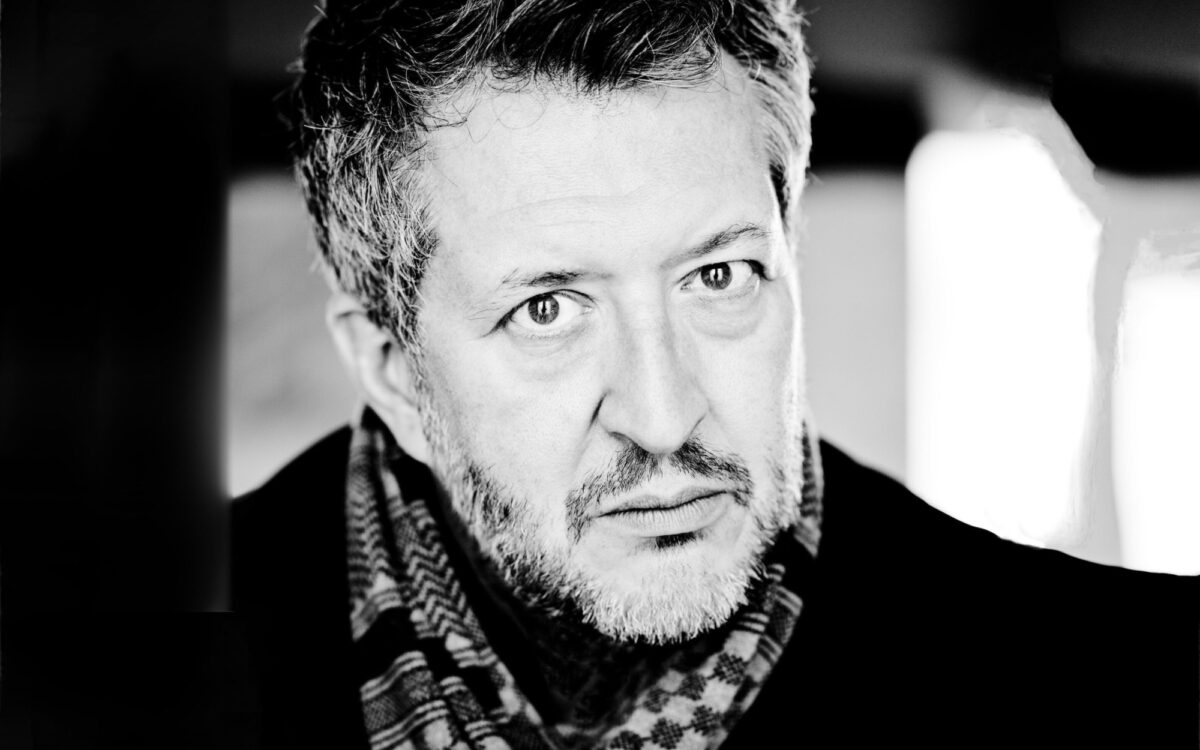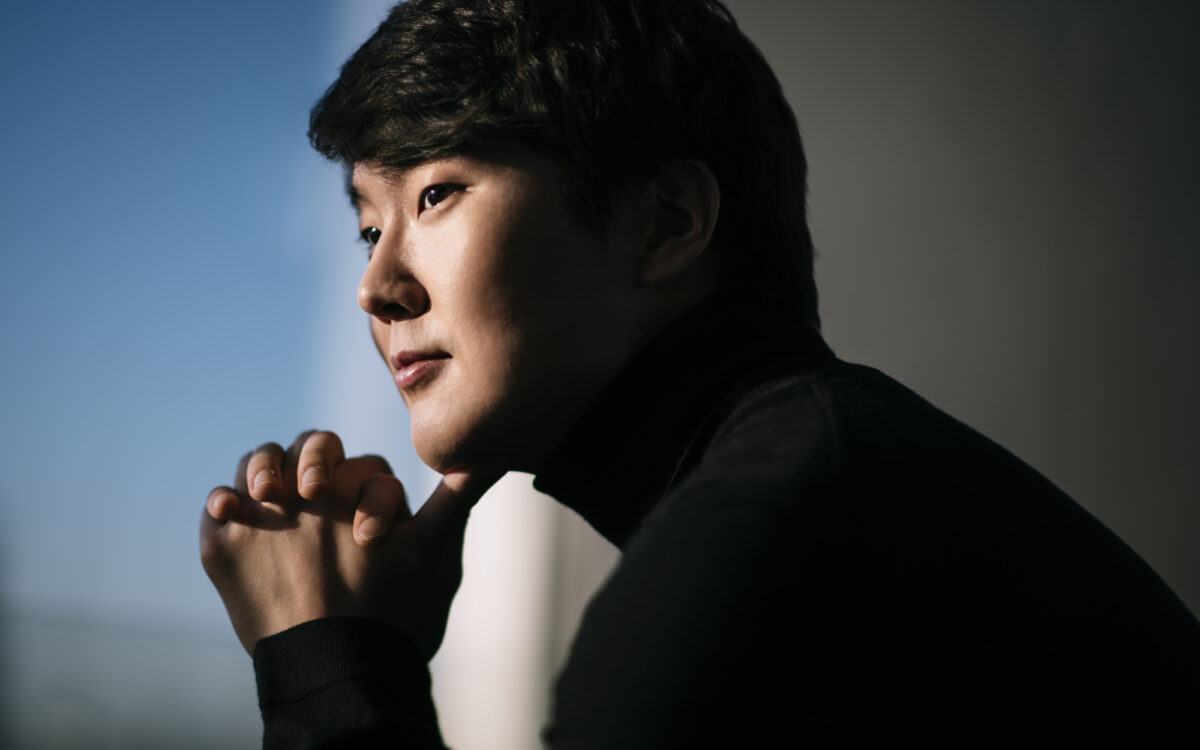Piano Concerto in D for the left hand
Joseph Maurice Ravel was born on March 7, 1875, in Ciboure, near Saint-Jean-de-Luz, Basses-Pyrénées, in the Basque region of France just a short distance from the Spanish border, and died on December 28, 1937, in Paris. He composed his Concerto for the Left Hand, along with his other piano concerto, the G major, in the years 1929-31, completing the left-hand concerto in August 1930. Paul Wittgenstein, the pianist for whom it was composed, played the first performance on January 5, 1932, with Robert Heger and the Vienna Symphony Orchestra. Wittgenstein was also soloist for the first American performances, given with Serge Koussevitzky and the Boston Symphony Orchestra on November 9 and 10, 1934, followed by the New York premiere (also with Koussevitzky and the BSO) on November 17.
In addition to the solo piano, the score of the concerto calls for 2 flutes and piccolo, 2 oboes and English horn, E-flat clarinet, 2 clarinets, and bass clarinet, 2 bassoons and contrabassoon, 4 horns, 3 trumpets, 3 trombones, tuba, timpani, triangle, side drum, cymbals, bass drum, wood block, tam-tam, harp, and strings (first and second violins, violas, cellos, and double basses). The concerto is about 18 minutes long.
About 1930, Ravel found himself simultaneously with two commissions for piano concertos, one from his longtime interpreter Marguerite Long, and the other from Paul Wittgenstein, a concert pianist who had lost his right arm in World War I. Ravel worked on both commissions at the same time, but the results were quite different. The G major concerto, composed for Ravel’s own use, but eventually given to Marguerite Long when Ravel realized he was too ill to perform it himself, is a three-movement concerto part brilliant, part ravishingly melancholy. The Concerto for the Left Hand, perhaps inevitably, is altogether more serious, one of the most serious of all the works of that urbane master.
Paul Wittgenstein was a remarkable member of a remarkable Viennese family. He was the brother of the philosopher Ludwig Wittgenstein, who also possessed considerable musical talent. Paul had barely begun his concert career when he was called into the Austrian reserves in 1914. Only a few months later he was wounded, and his right arm had to be amputated. After being captured by the Russians (when the army hospital in which he was located was overrun), Wittgenstein was exchanged as an invalid and returned to Vienna, where he resumed his concert career in the season of 1916-17. He quickly made a name for himself as a pianist with only one arm, and he induced many leading composers to write substantial works for him in all the genres—chamber and orchestral—that made use of a piano. Among those who responded to his requests were Richard Strauss, Franz Schmidt, Erich Wolfgang Korngold, Benjamin Britten, Sergei Prokofiev, Paul Hindemith, and, most famously, Ravel.
There are few sources of music for the left hand alone to which Ravel might have gone to study the problems involved, among them Saint-Saëns’s six studies for the left hand and Leopold Godowsky’s transcriptions for left hand alone of the Chopin etudes. He might also have seen Brahms’s mighty transcription for piano left-hand of the Bach D minor Chaconne for unaccompanied violin and Scriabin’s Prelude and Nocturne. But for the most part Ravel was on his own, especially as he wanted the piano part to be as full and active as if it were intended for a pianist who had both hands. The result, needless to say, is a fantastically difficult work perfectly gauged for the shape of the left hand (which can have, for example, a rather large stretch between the thumb and index finger in the higher pitch levels and the upper ends of chords, an arrangement that would be reversed if the piece were conceived for right hand).
Ravel once discussed his two piano concertos with the critic and musicologist M.D. Calvocoressi. Of the left-hand concerto he commented: “In a work of this sort, it is essential to avoid the impression of insufficient weight in the sound-texture, as compared to a solo part for two hands. So I have used a style that is more in keeping [than that of the lighter G major concerto] with the consciously imposing style of the traditional concerto.”
The concerto is in one long movement divided into Lento and Allegro sections. Beginning low and dark in strings and contrabassoon, a long orchestral section avoids the first appearance of the soloist until a climax brings the piano in with a cadenza designed to show right off the bat that limiting the conception to a single hand does not prevent extraordinary virtuosity. Ravel describes this as being “like an improvisation.” It is followed by what Ravel called a “jazz section,” exploiting ideas he had picked up during his visit to America. “Only gradually,” he noted, “is one aware that the jazz episode is actually built up from the themes of the first section.” The level of virtuosity required by the soloist increases—if that is possible—to the end. Ravel rightly considered this, his last completed large-scale work, a supreme piece of illusion. Who can tell, just from listening, the nature of the self-imposed restriction under which he completed his commission?
Steven Ledbetter
Steven Ledbetter, a freelance writer and lecturer on music, was program annotator of the Boston Symphony Orchestra from 1979 to 1998.
The first Boston Symphony performances, which were also the first American performances, of Ravel’s Piano Concerto for the Left Hand were given by Paul Wittgenstein with Serge Koussevitzky on November 9 and 10, 1934.



